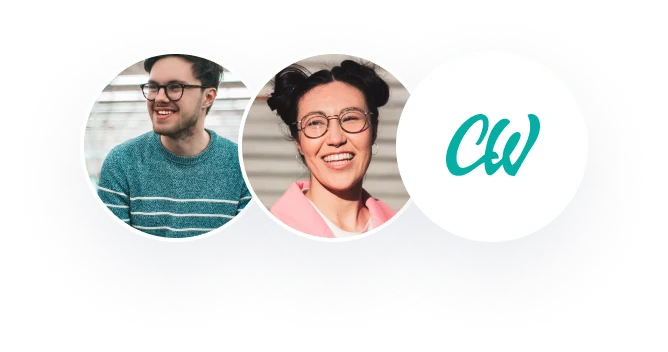Review Questions1. What are the four body types in William H. Sheldon’s somatotyping? Write a page paper – Describe each body type and identify which one Sheldon believed was related to delinquency and crime.2. What personality types did Hans J. Eysenck believe were related to crime? Write a page paper – Describe each personality type and discuss why Eysenck believed that these types were associated with crime.3. How does self-control theory explain crime?4. How does the psychoanalytic theory from Freud explain crime?5. What is the M’Naughten Rule? How did this rule come into existence?
Critical Thinking Questions1. Which theory discussed in the lesson do you think best explains why crime happens? Why do you think that this theory is best?2. Do you think that individuals accused of crimes should be able to use an insanity defense? Why or why not?3. Do you think that weather affects crime? Why or why not? Explain some of the ways that scholars think weather and/or the time of day may affect criminal behavior?4. Modeling theory suggests that we learn aggressive and violent behavior. Do you think that violence in the media (including movies, television, and video games) has any effect on criminal behavior? Why or why not? Do you think that anything should be done to censor violence in the media?5. Eysenck argues that certain personality types are more likely to engage in criminal behavior. Do you think that our personalities contribute to whether we commit crimes or not? Why or why not?
Ethical Decision-Making in Counseling: A Case Study Approach
Benchmark Ethical Dilemma Presentation Assignment Instructions Ethical Dilemmas in Counseling: A Case Study Approach Ethical dilemmas are an inherent part of the counseling profession. Counselors often face complex situations where their values and professional obligations clash, requiring careful consideration and a structured approach to decision-making. This paper will explore a hypothetical ethical dilemma in counseling, […]
